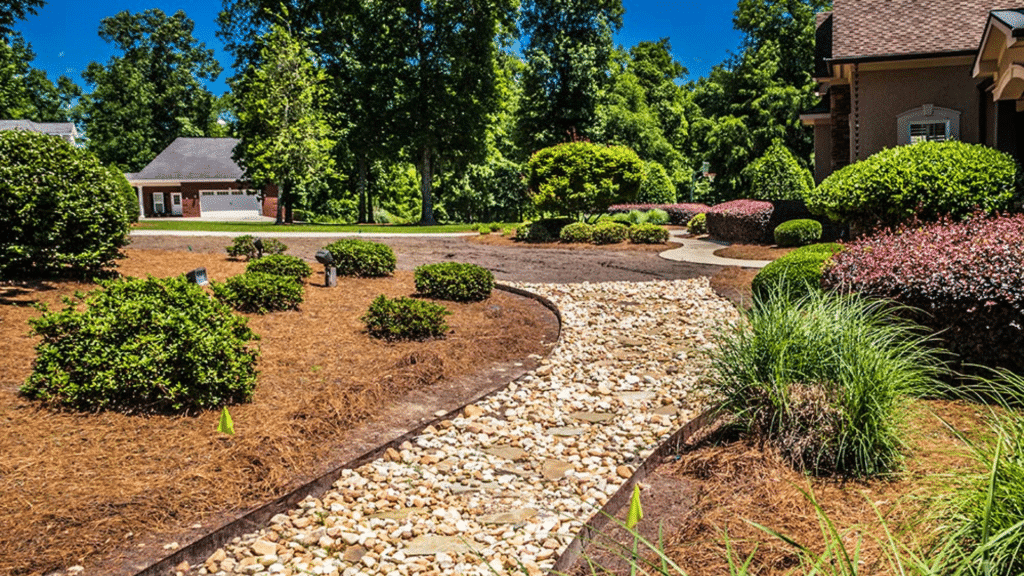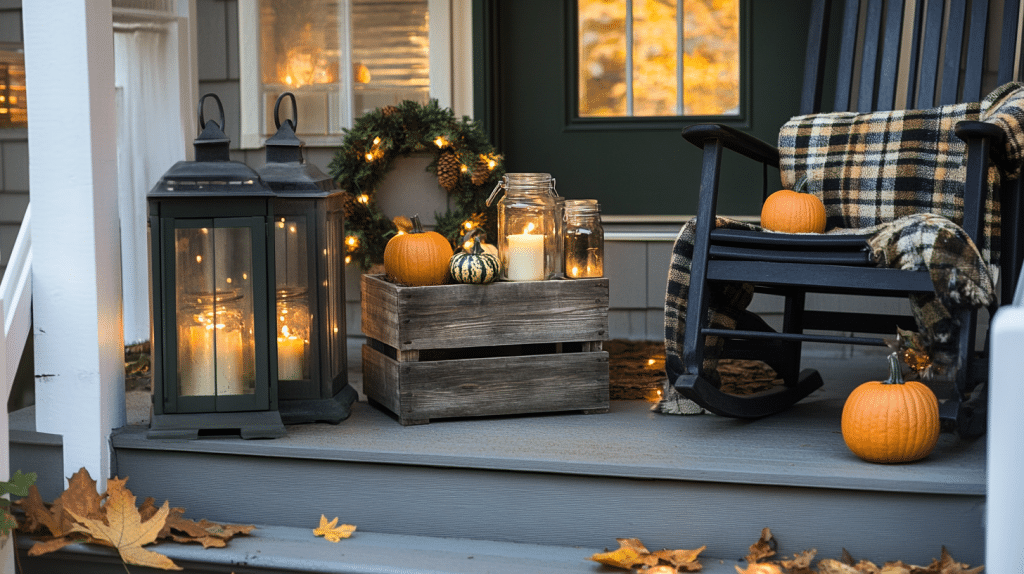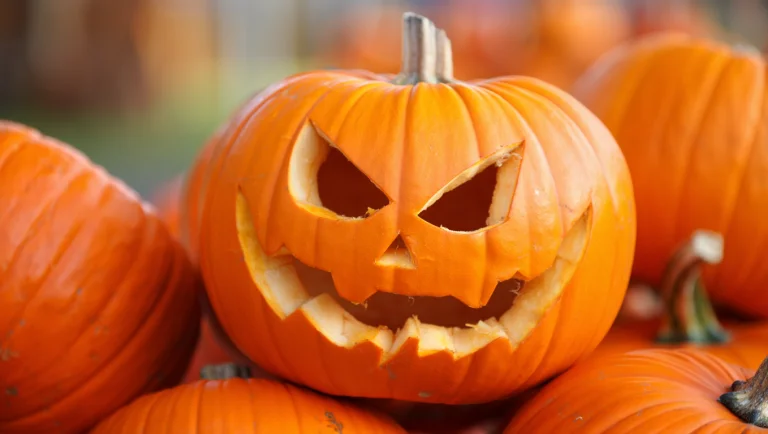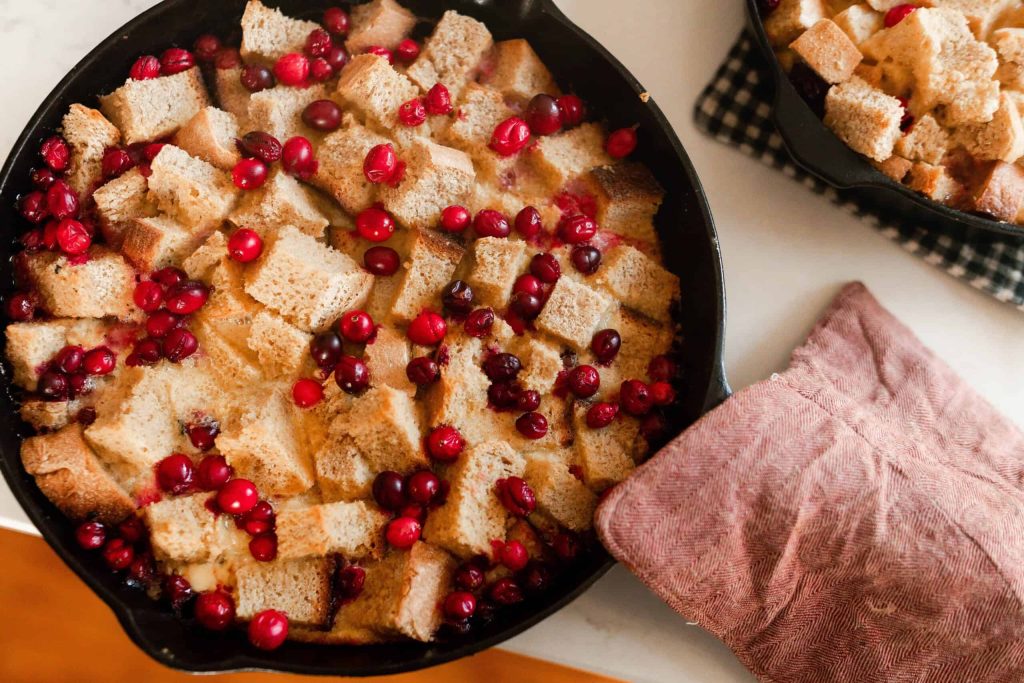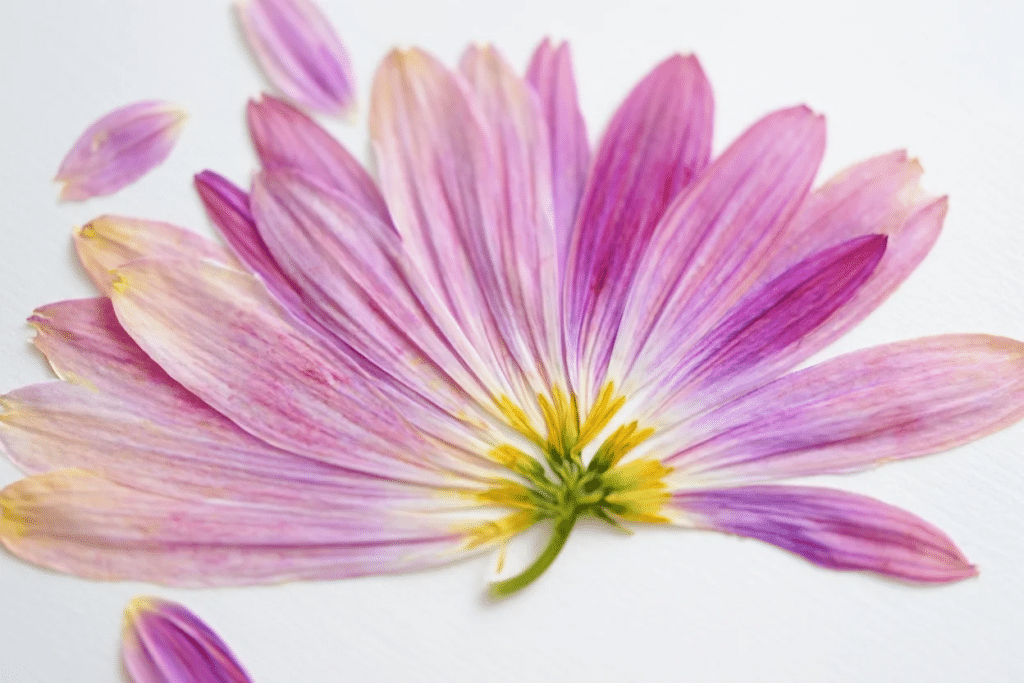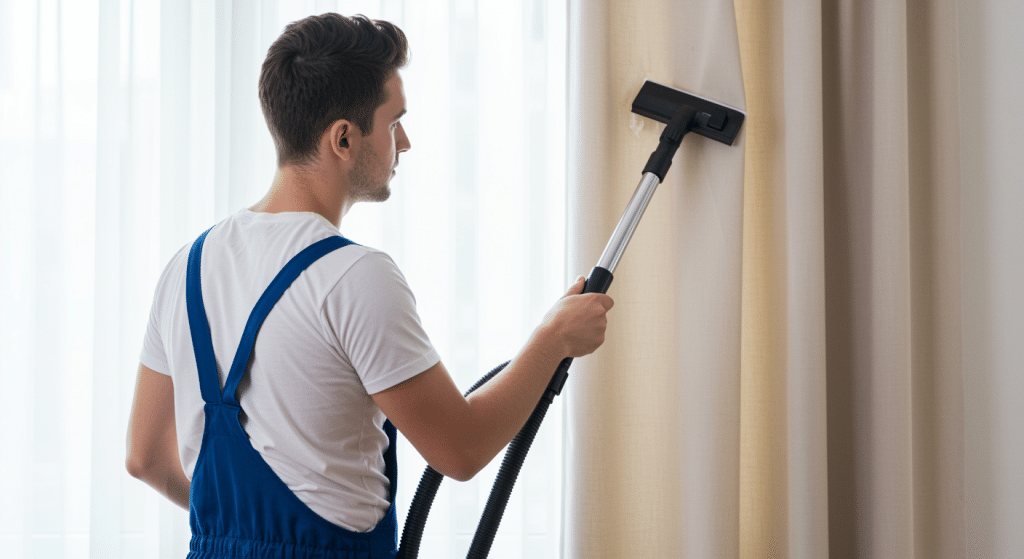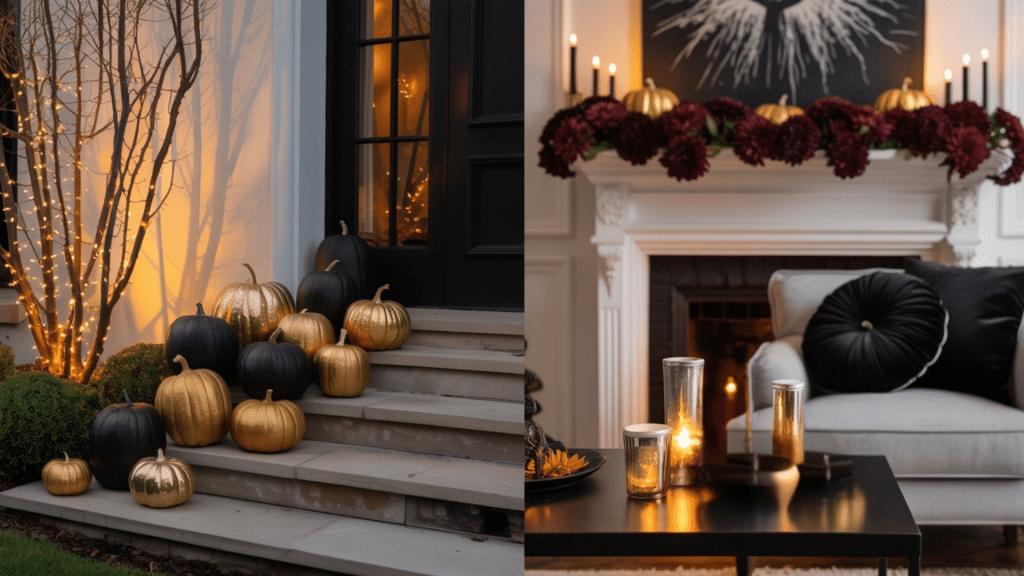Choosing the right mulch around your house feels overwhelming. I get it. You want something that looks good, keeps pests away, and won’t create safety issues for your family.
I’ll show you the best mulch options that actually work for home safety and pest control. No guesswork needed.
In this blog, I’ll break down the top mulch types, like cedar and pine needle mulch pros and cons, plus practical tips for placement around your foundation. You’ll know exactly which mulch to choose and how to use it safely.
The Role of Mulch in Home Safety
I learned this the hard way, mulch isn’t just about looks. It affects your home’s safety, too.
Wood chips and bark mulch burn fast in dry weather. I’ve seen mulch fires jump to house siding in minutes. Stone mulch won’t catch fire at all.
Mulch against your foundation traps moisture. This causes rot and mold issues. Always leave a 6-inch gap between mulch and your house.
Termites love organic mulches. They use them as paths to your wooden structures. Pine needle mulch pros and cons matter here – pine needles repel some pests but can still harbor others.
Mulches That Help Deter Pests
Not all mulches attract pests equally. I’ve found that choosing the right type can actually help keep unwanted bugs and rodents away from your home.
1. Stone mulch
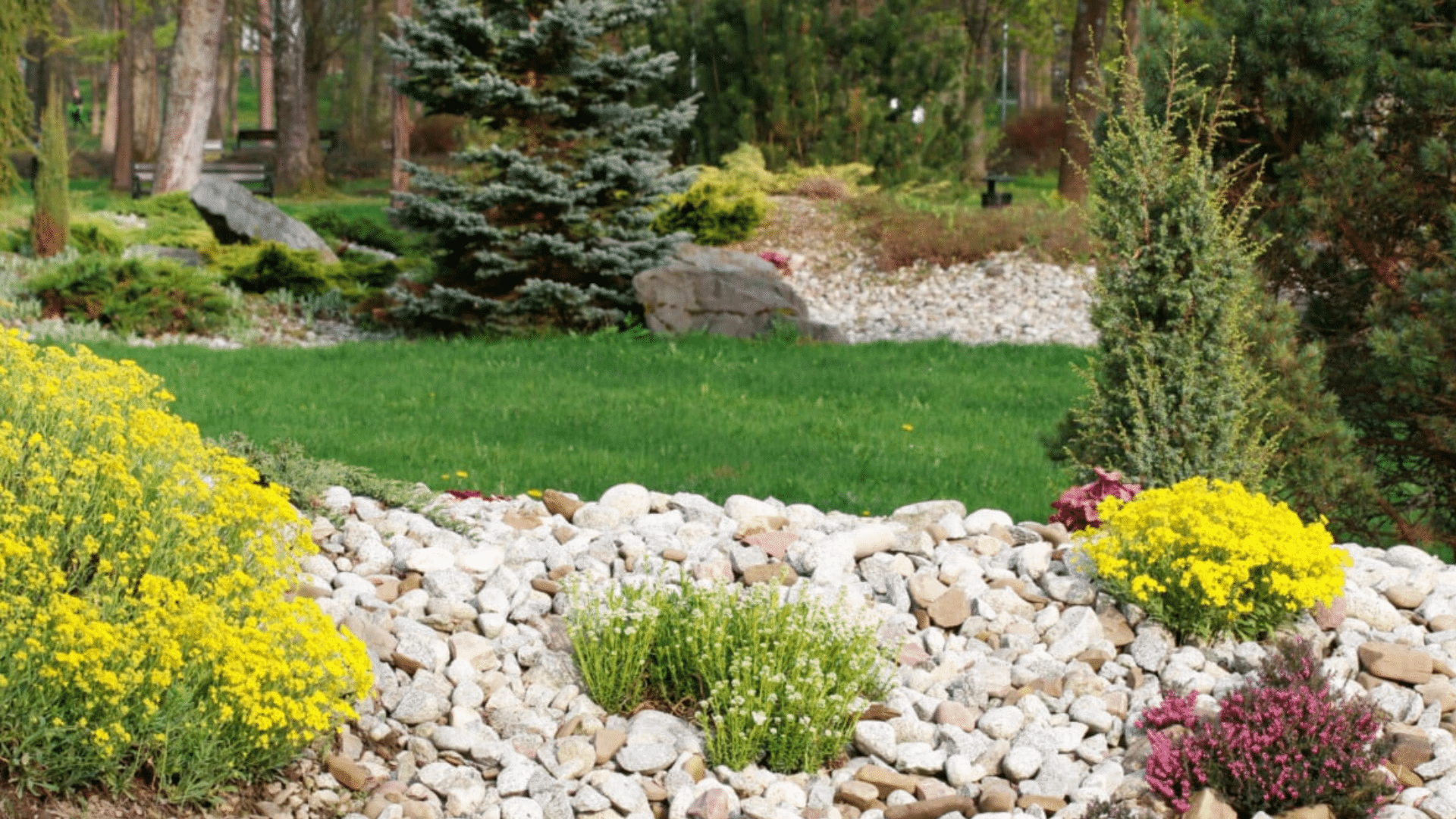
Stone mulch is long-lasting and unattractive to bugs. It doesn’t break down or feed pests, but it also won’t improve your soil health.
- Pros: Pest-resistant, very durable.
- Cons: Doesn’t add nutrients, heavier to install.
2. Pine needle mulch
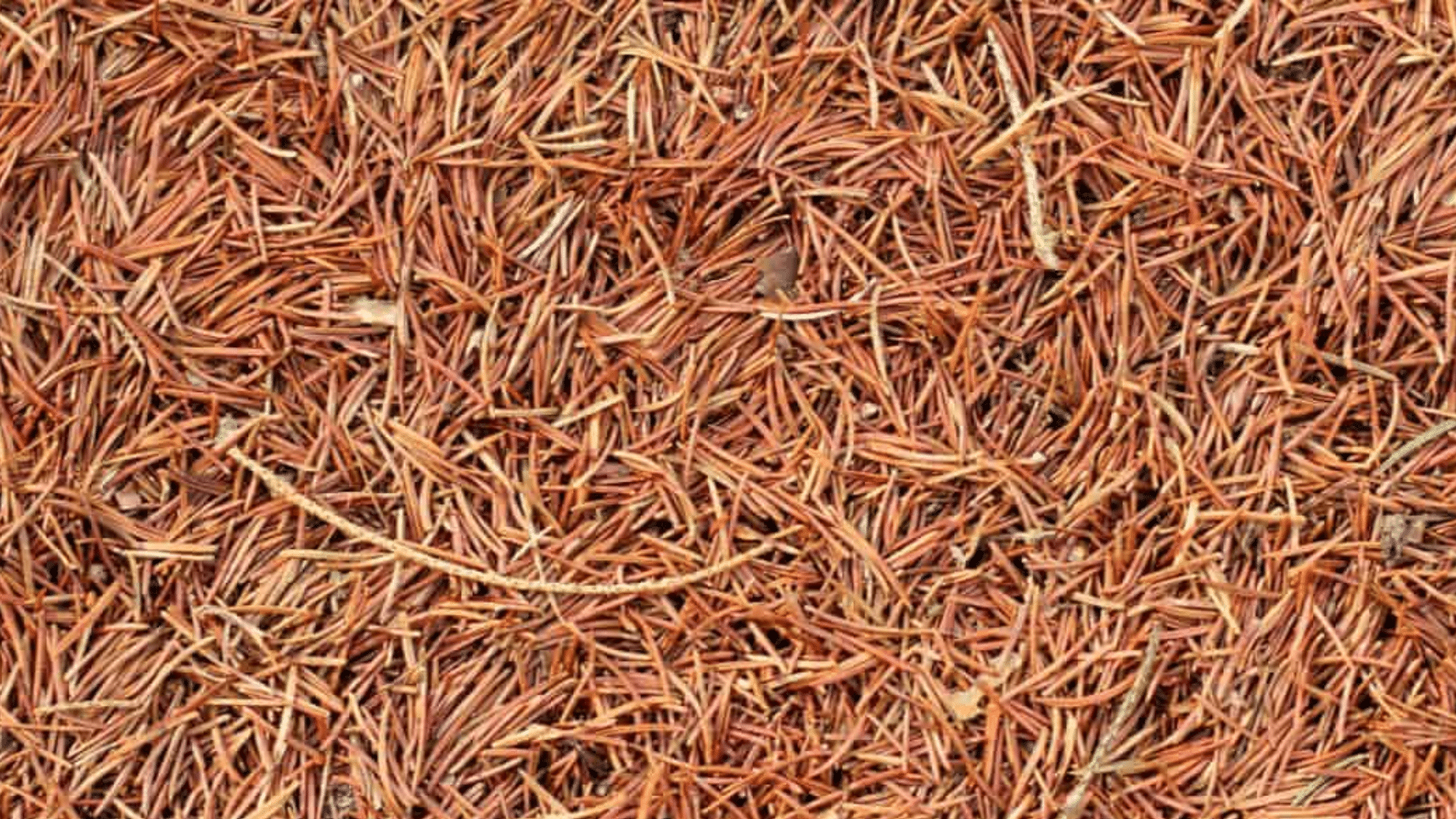
Pine needle mulch gives landscapes a natural, clean look and resists pests better than many wood mulches. It lasts a long time but is also highly flammable when dry.
- Pros: Naturally discourages some pests, long-lasting, and lightweight.
- Cons: Very flammable, not safe close to the house.
3. Cedar mulch
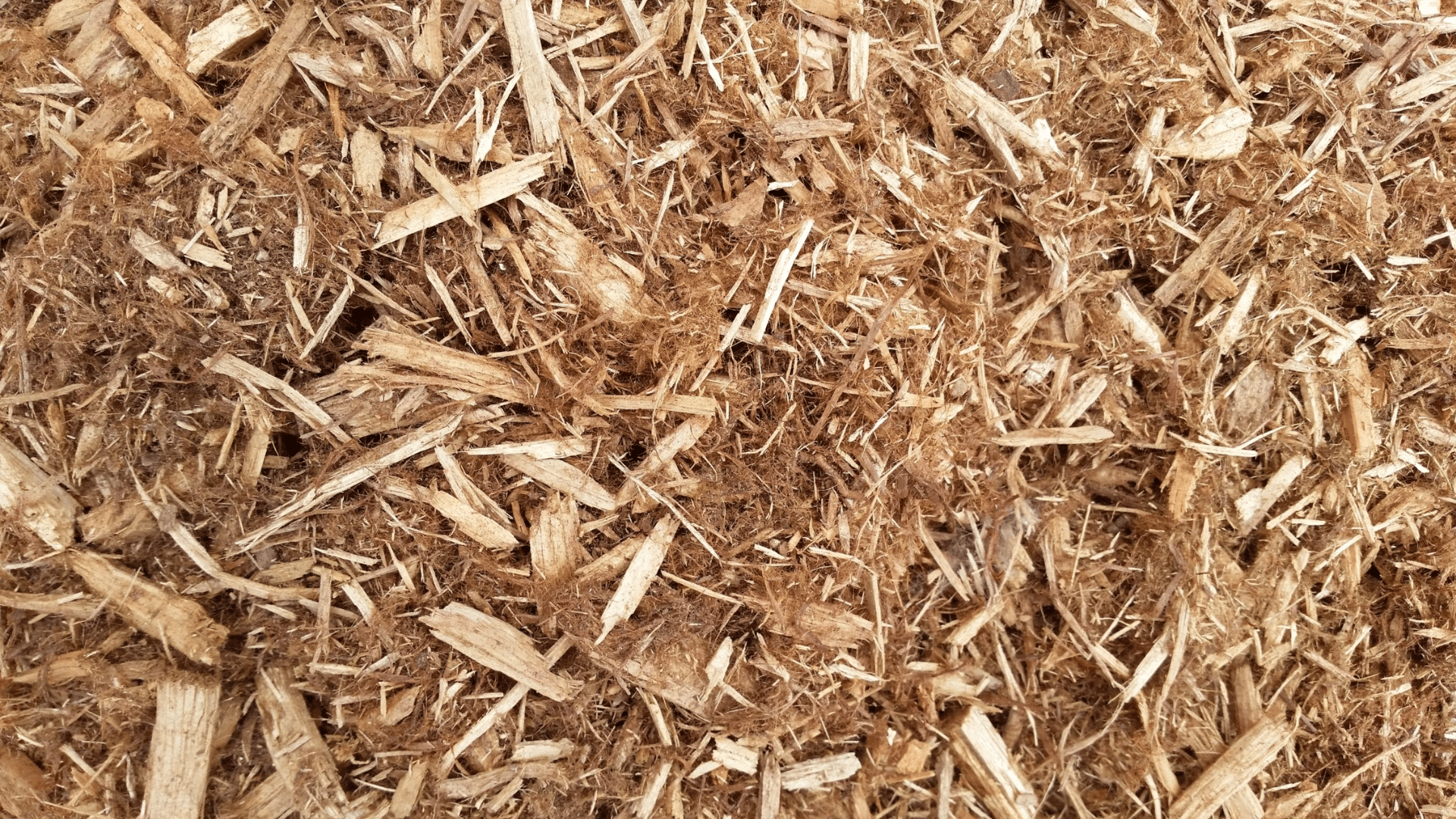
Cedar mulch contains natural oils that repel termites and ants. It also smells pleasant and breaks down slowly compared to other organic mulches.
- Pros: Repels pests naturally, long-lasting aroma.
- Cons: Can be more expensive and requires occasional refreshing.
4. Cypress mulch
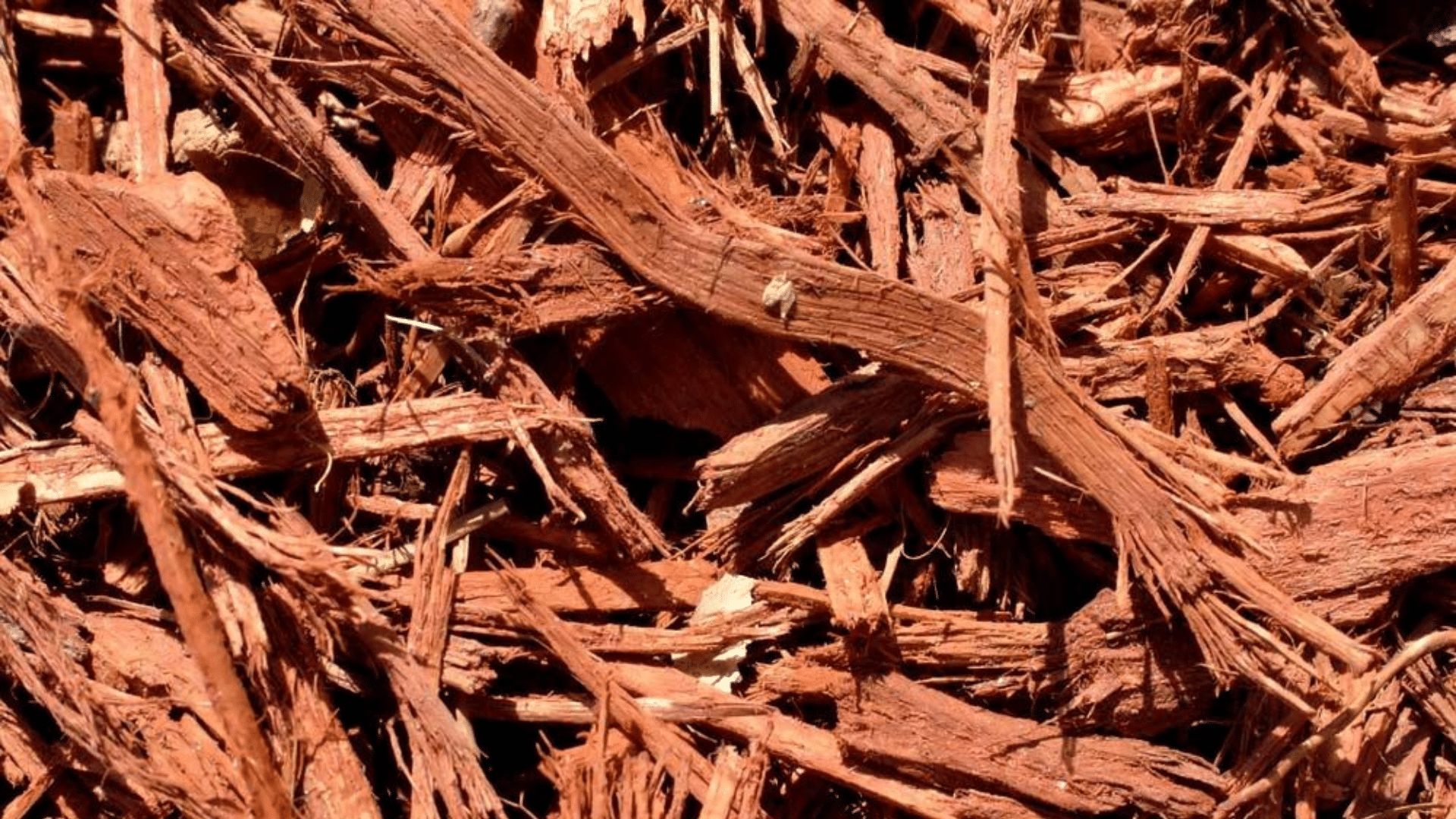
Cypress mulch is another organic choice with pest-repelling properties. It looks neat, decomposes slowly, and helps control weed growth around plants.
- Pros: Deters bugs, suppresses weeds.
- Cons: Harvesting raises environmental concerns and is limited in availability in some areas.
5. Rubber mulch
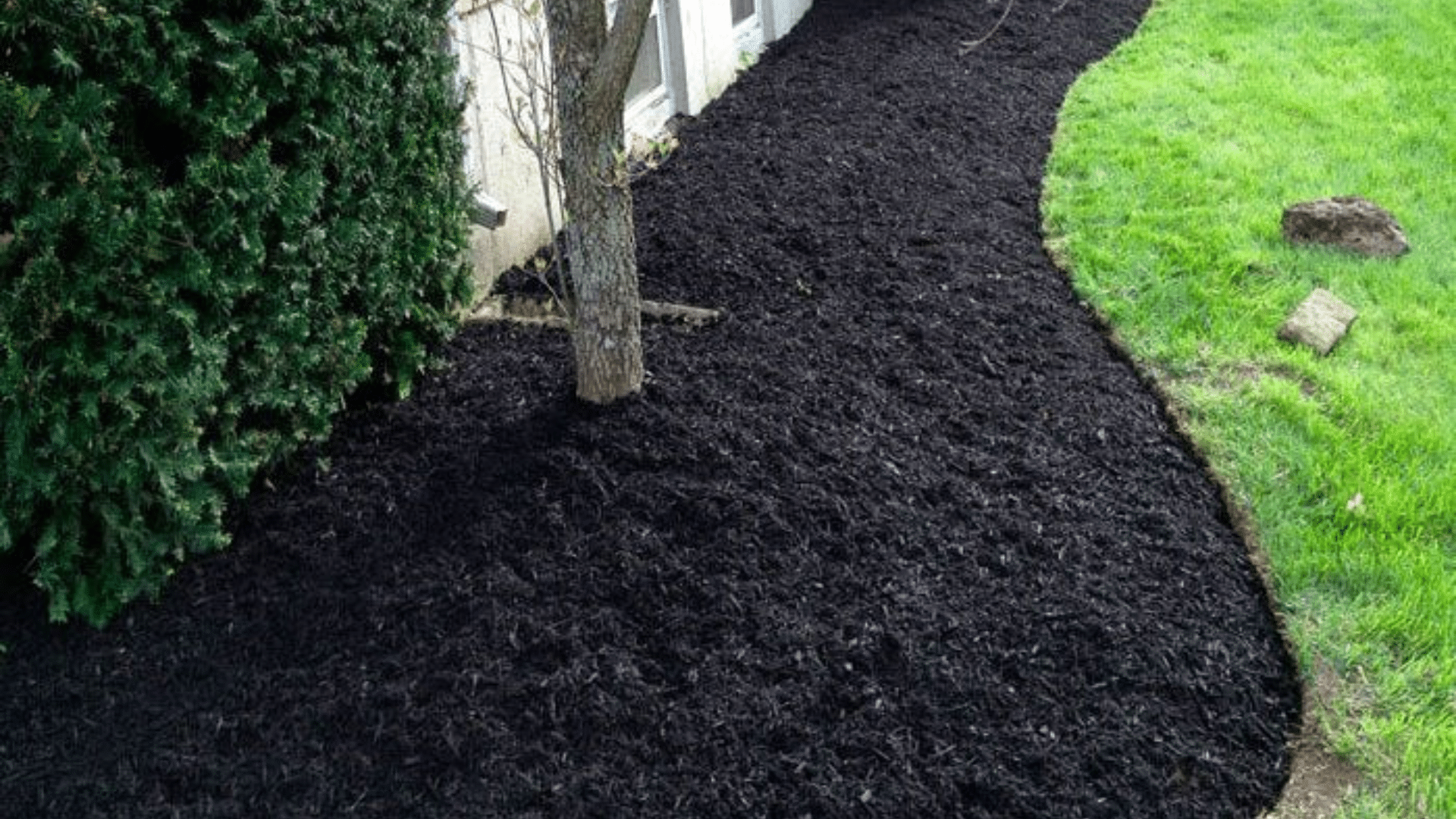
Rubber mulch is made from recycled tires, so insects have no interest in it. It’s durable, but it heats up in direct sunlight.
- Pros: No pests, very long-lasting.
- Cons: Can overheat soil, not ideal for vegetable gardens.
Fire-Resistant Mulch Options
When dry seasons hit, your mulch can turn into a fire risk fast. I’ve seen how the right fire-resistant materials can protect your home when organic mulches become dangerous.
6. Shredded leaves
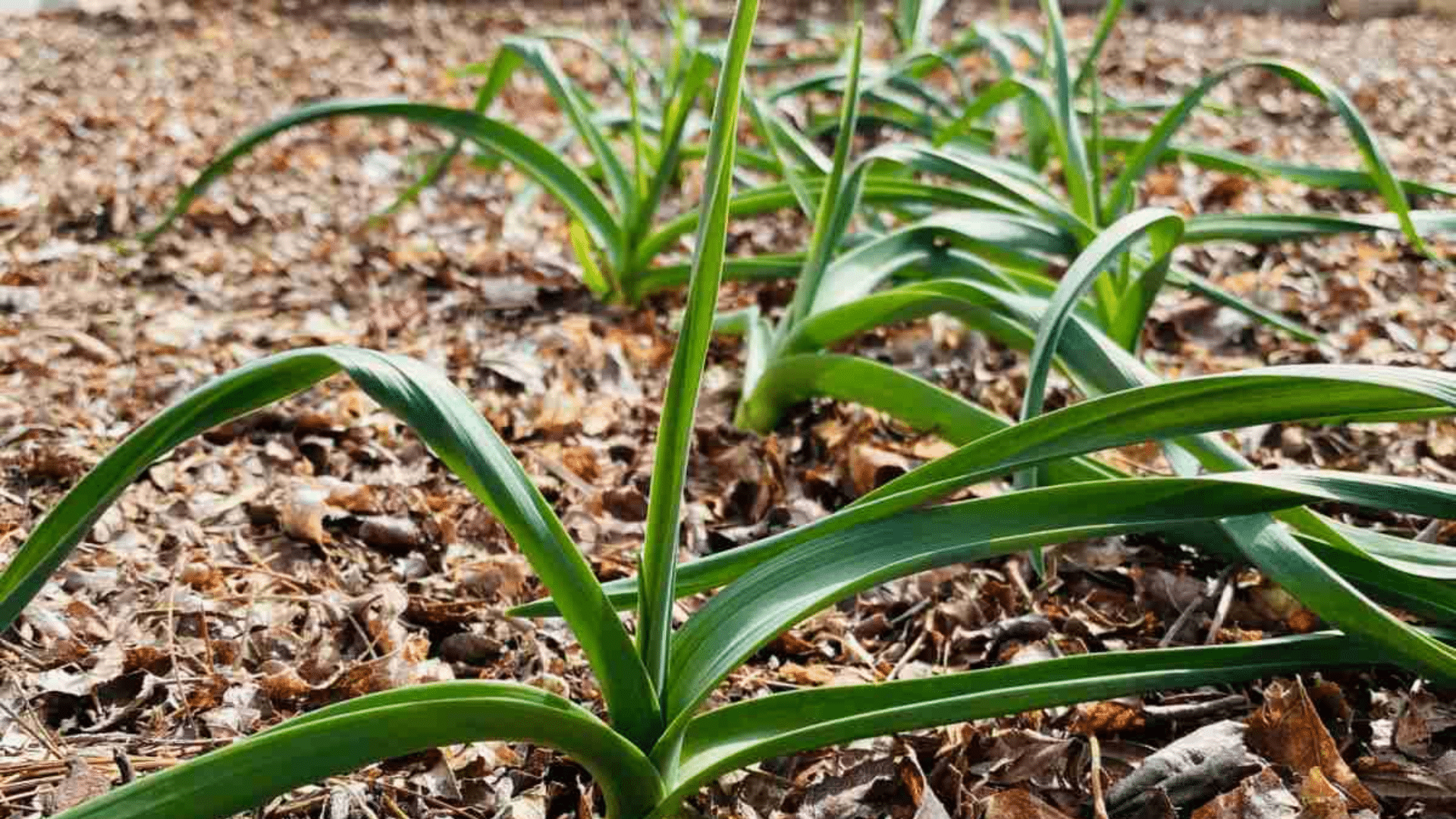
Shredded leaves are a low-cost, natural mulch. They resist fire better when kept damp and help enrich the soil over time.
- Pros: Free or inexpensive, improves soil.
- Cons: Needs replacing often, can blow away.
7. Gravel mulch
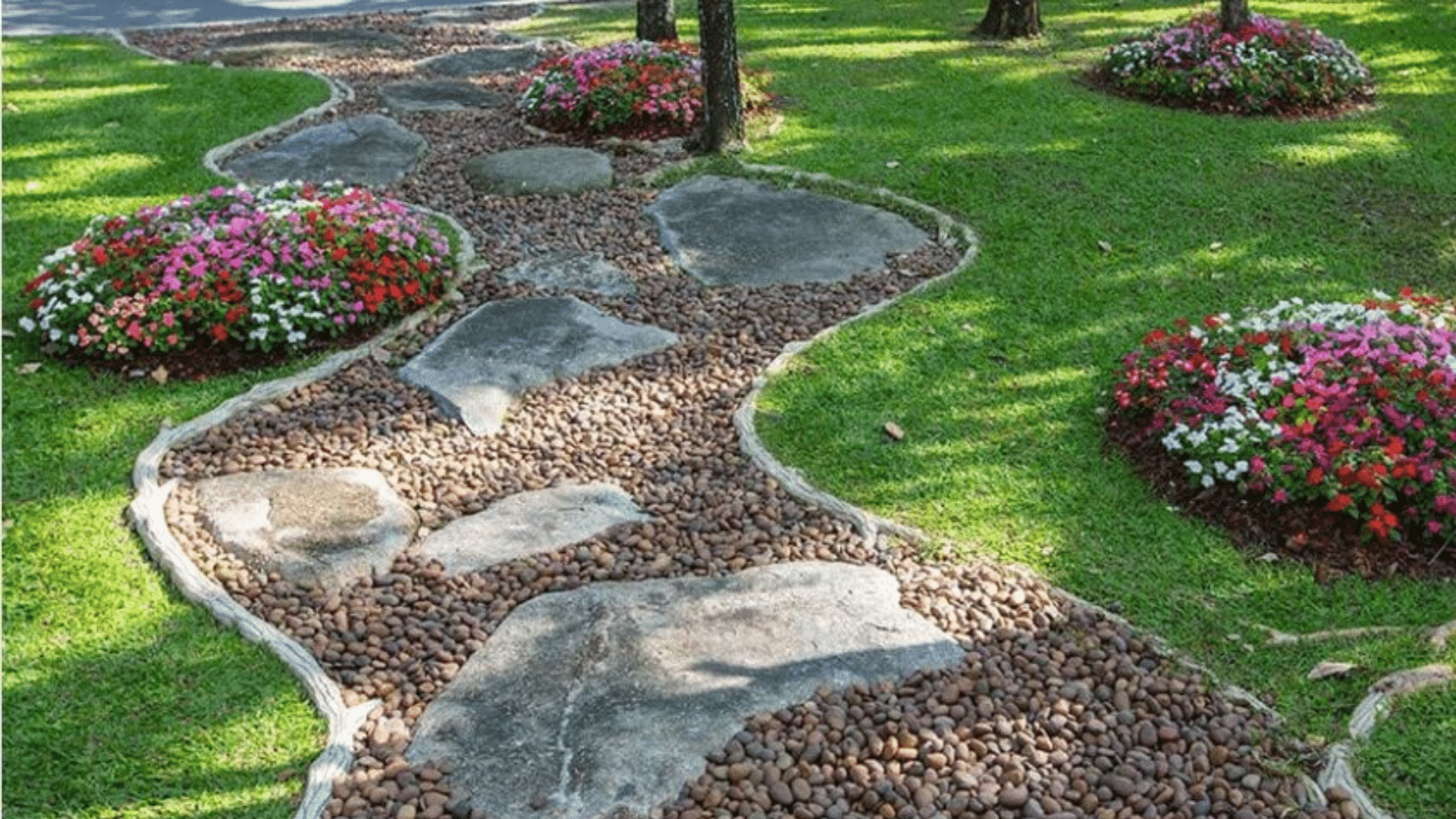
Like stone, gravel mulch offers a clean look and no food source for insects. It works well near foundations where pests are a concern.
- Pros: Insects avoid it, and it requires low maintenance.
- Cons: Retains heat, no soil improvement.
8. Brick chips
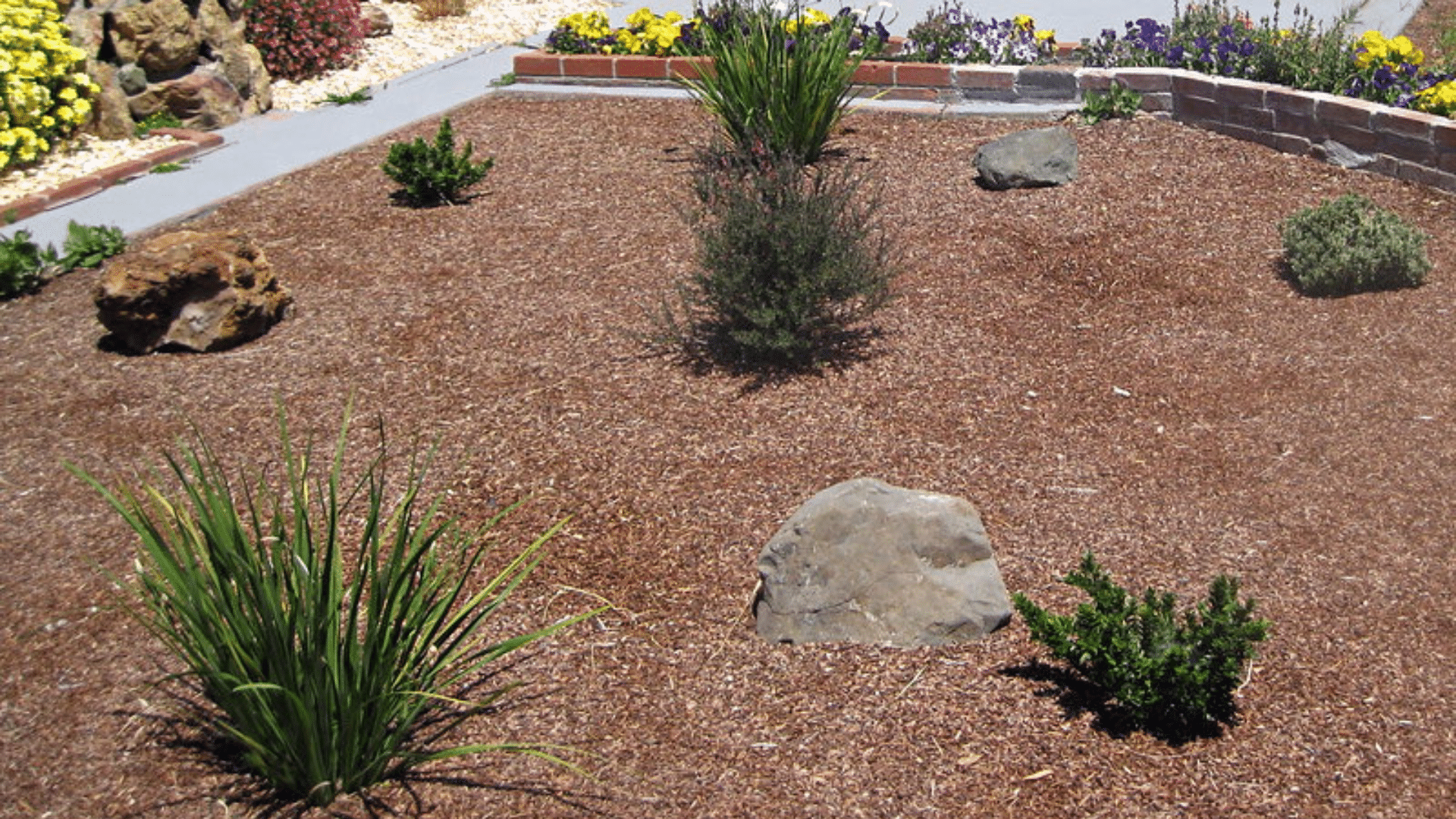
Brick chips are another fire-safe option. They’re attractive, heavy enough to stay in place, and don’t attract pests.
- Pros: Fireproof, adds color variety.
- Cons: Harder to walk on, higher upfront cost.
9. Compost
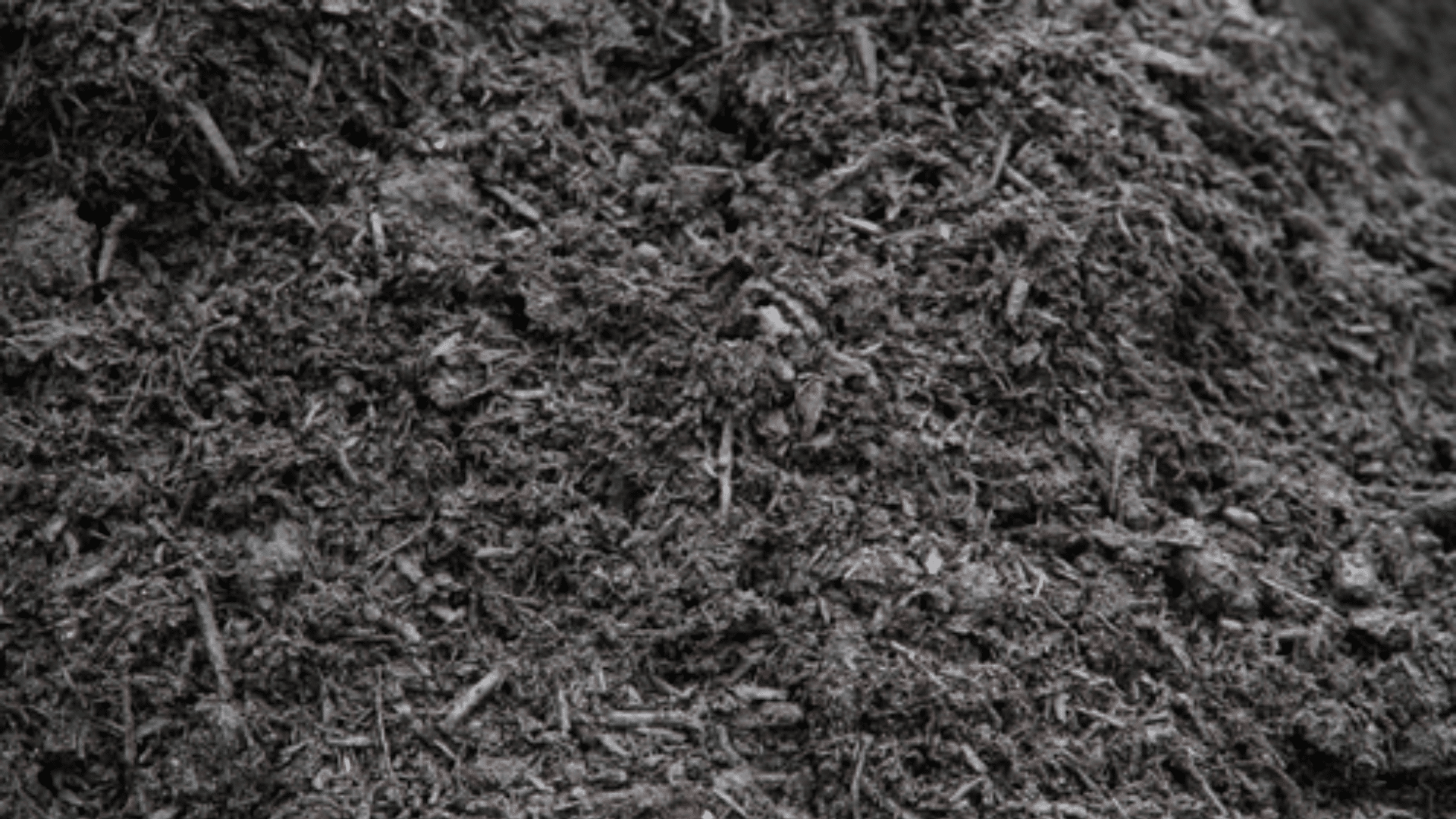
Compost can be a safe mulch if kept damp, reducing fire risk. It also improves soil health as it breaks down.
- Pros: Improves soil fertility, is eco-friendly.
- Cons: Needs upkeep to stay moist, may attract insects if dry.
Practical Tips for Choosing the Best Mulch
Smart mulch choices save you money and headaches. I’ve learned that planning beats random decisions every time.
- Zone Your Yard: Use stone mulch near your house and organic mulch in distant beds. This protects foundations while feeding plants.
- Keep It Thin: Never exceed 2 inches near foundations. Thick layers trap moisture and invite pests.
- Refresh Smart: Remove old mulch before adding new. Fresh thin beats thick old layers.
- Calculate True Costs: Compare 3-year expenses, including replacement and pest control costs.
- Mix Materials: Pine needle mulch has pros and cons, such as pest resistance, but it requires yearly replacement. Use different types for different zones.
Conclusion
Your mulch choice impacts more than just your yard’s appearance. It affects your home’s safety, your pest problems, and your long-term maintenance costs.
Start with stone or gravel near your foundation. Branch out to organic options like pine needles in your garden areas. Keep everything thin and fresh.
The right mulch strategy protects your biggest investment, your home. It also saves you money on pest control and potential fire damage.


